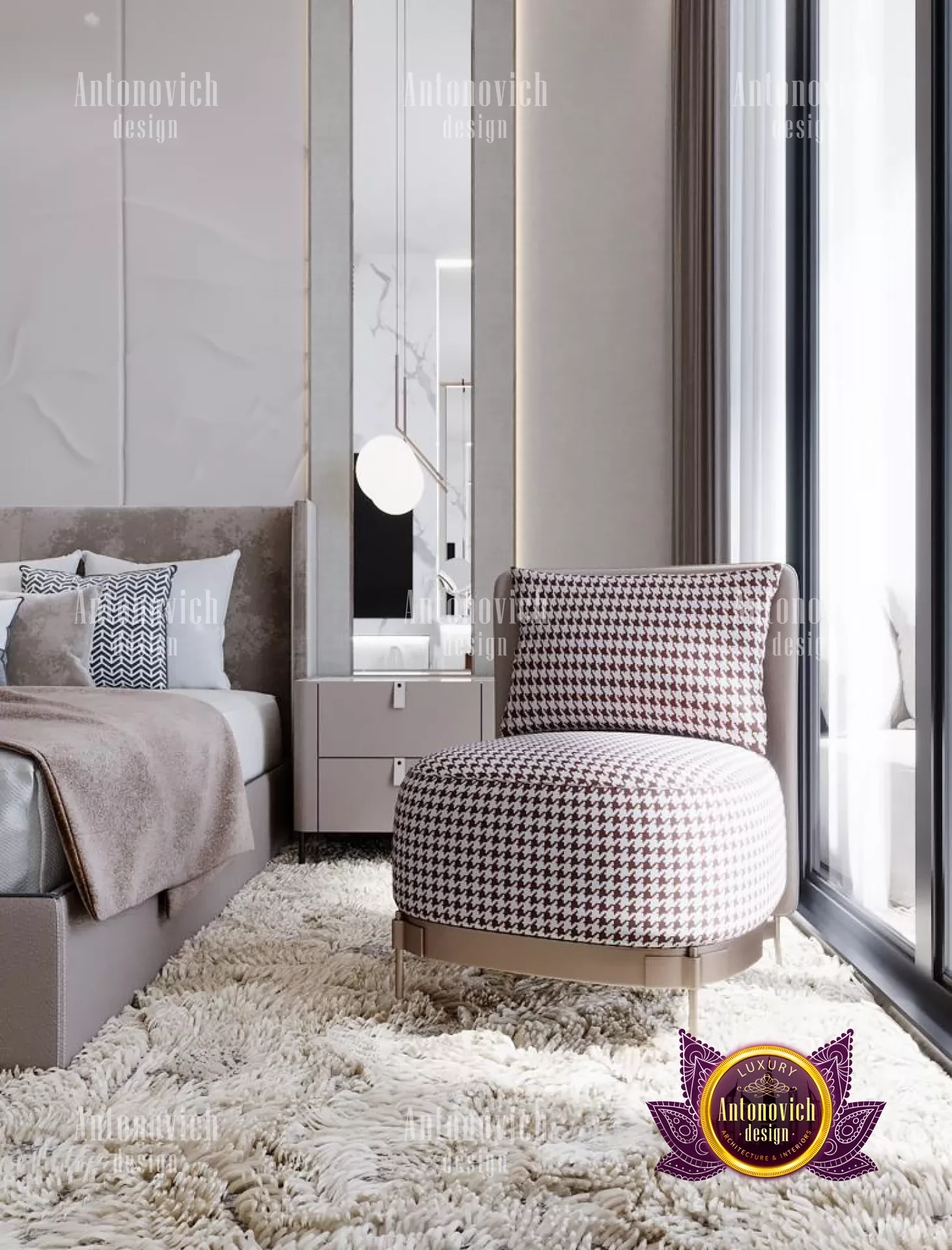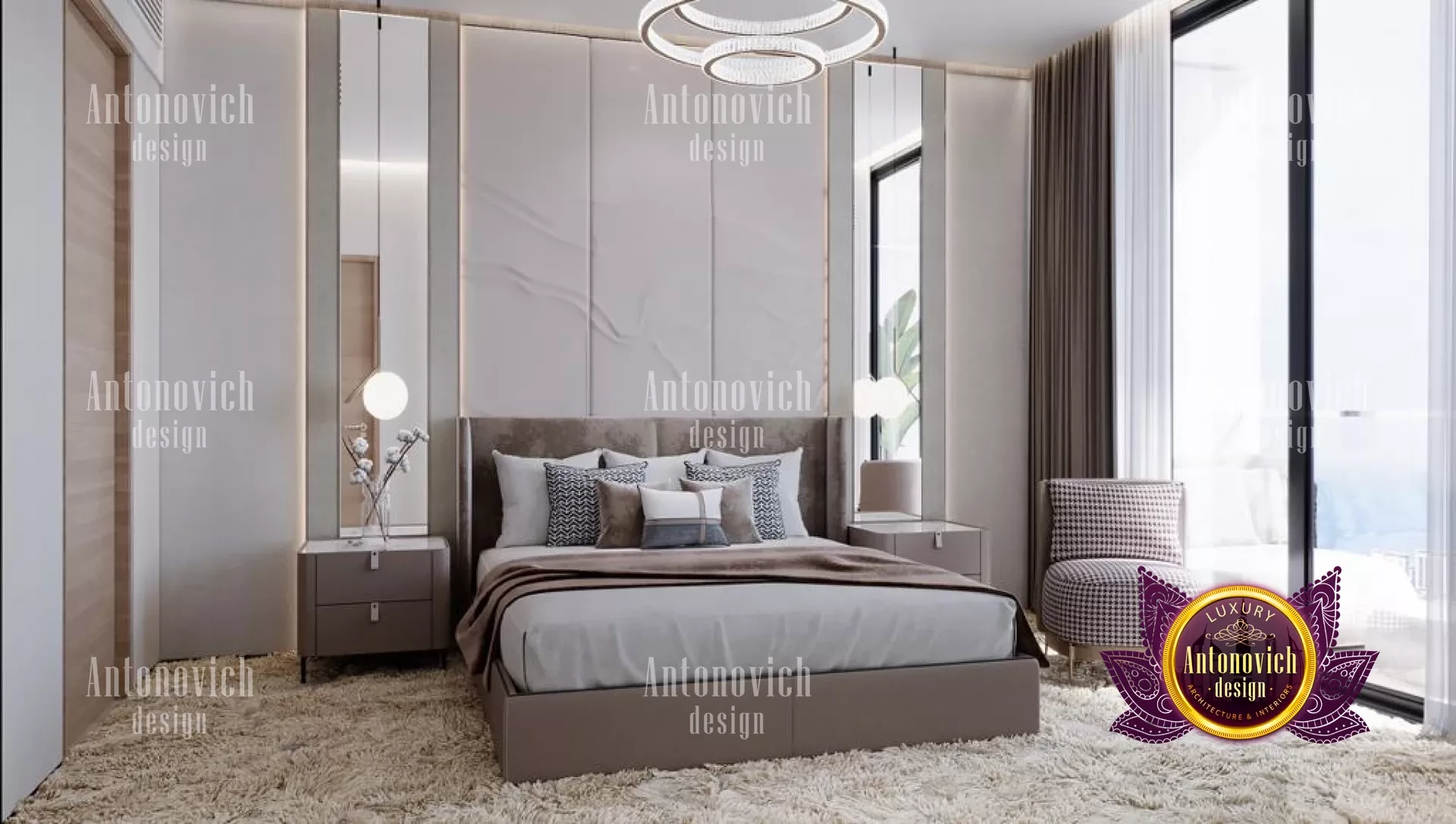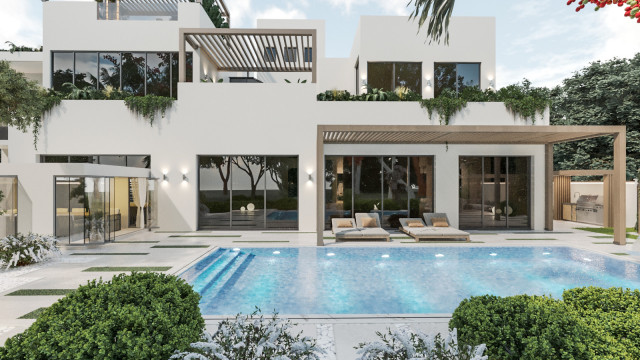CHOOSING THE RIGHT COLOR PALETTE
Monochrome is more than just grays, blacks, and whites. Though the term "monochromatic" means "one color," in the context of luxury interior design, "one color" does not always imply a rigorous approach. In terms of interior design, it means selecting several color variants. In a nutshell, say you select orange and utilize multiple shades of the same orange tone, or you choose a color that is more commonly used in the monochromatic design, such as gray. Monochromatic interior design is a terrific way to draw attention to a certain component of a room. A monochromatic color scheme is likely to bring attention to the pieces of a space you want to be seen, whether it's art, statement furniture, or just the room itself. Monochrome color schemes are also harmonious and peaceful, and they will look great in any room of your house where relaxation is important. They may also have a dramatic effect without using contrast colors and are a great way to repeat colors without having to worry about it too much.

When it comes to monochromatic color schemes, our top interior designers recommend using three hues. Choose your color and three hues - one dark, one in the center, and one light. This will assist you in creating a unified appearance. An excellent way to select hues is first to choose your base shade from a paint chart, and then utilize that paint chart to select multiple colors with the same foundation, from light to dark. The monochrome decor has the potential to seem a touch monotonous; if you're worried about your space being too quiet, liven it up with texture. Consider adding a textured headboard to your bed or textured linens to your bedroom. Choose a vivid countertop marble for your kitchen rather than a neutral one. Consider incorporating wood paneling or patterned furnishings into living rooms to bring the space to life. When you fill a space with similar hues, you run the risk of it blending into one without much clarity. This is where your fixtures, fittings, and overall attention to detail come into play. Include different taps and cabinet knobs in your kitchen to break up a monochrome decor. They don't have to be exuberantly bright colors but picking anything with a little different tone that contrasts with your monochromatic palette will make a tremendous impact. Consider brass or copper fixtures and fittings to complement your color scheme.

To create a statement with monochromatic room décor, you don't have to select colors from opposite ends of a paint chart. Instead, choose a few hues from the color chart that are near together for a gorgeous, subtle spin on a monochromatic design. This is especially effective with grays, as dark gray can be rather intimidating, especially in a smaller area. Choosing grays that are closer together on the color spectrum will open up a room while maximizing the benefits of monochromatic directions. Color may be used to establish focus points around a room as well as to emphasize key areas. Colors that are calmer and gentler should be used for bigger spaces, such as walls and furniture, while stronger colors should be used for smaller accents, such as accessories, paintings, and carpets. In a monochromatic environment, placing dramatic accents in front of soft zones of color calls attention to accents. Lighter tones on the walls will help make your space feel larger and more spacious, while accessories will maintain it homey and pleasant. Consider the mood of your area while coming up with monochrome painting ideas and deciding on your color scheme and tone. Do you want the space to be calm or lively? Warm and inviting or cold and collected? As a basis for your monochromatic home design ideas, choose typically warm hues like pinks, oranges, and browns for warmth.











